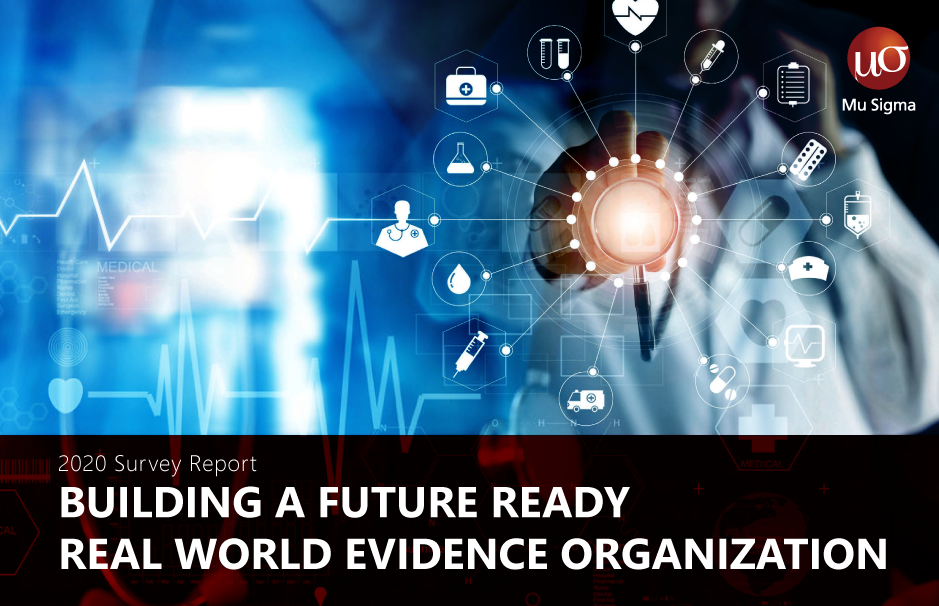Over the last 50 years, organizations have faced uncertainties in the form of shock events. In their aftermath, consequences have been far-reaching and severe, forcing many organizations to perish or barely survive. As a world that has braved several man-made and natural shock events, some lessons are evident to organizations that survived, or were born in the aftermath. Businesses that are unprepared to respond to shock end up in a battle for survival, while businesses with a sound response strategy can capitalize on the uncertainty caused in the wake of a shock event.
Increase in sigma (variance) is an inevitable consequence of such shock events that herald a new normal in the business environment by shifting the normal (mean). The Shock Sigmaxer framework introduced in this paper can help organizations respond by successfully navigating through the shock events and transforming themselves in the new normal.
Respond and not Just React
The actions or inactions of an organization during a shock event determines its future. Organizations that fail to react or respond on time will face devastating impact in the aftermath. Meanwhile, reacting and responding have quite distinct consequences too.
As a shock event unfolds, Reactive organizations take a myopic, intelligence-based, siloed approach in planning and execution. Uncertainty and anxiety lead these organizations to take knee-jerk decisions, thereby compounding the after-effects of the shock. As a result, Reactive organizations barely reach the stage of coping with shock events.
Responsive organizations, on the other hand, have a more conscious and holistic approach to problem-solving in the new normal. This perspective places them in a better position to recover, learn, and evolve into transformation champions.
The Shock Sigmaxer Framework
Mu Sigma proposes The Shock Sigmaxer framework, which leverages John Boyd’s proposed concept of the OODA (Observe, Orient, Decide, Act) loop to build responsiveness as a capability within an organization, through continuous feedback and re-orientation. The primary objective of this structured framework is to aid organizations in dealing with volatility, uncertainty, complexity, ambiguity (VUCA) arising due to global shock events.
Observe – Use insights from the historical shock events to analyze inputs for short, medium, and long term outcomes.
Orient – Align objectives and outcomes with the prevailing business scenarios. Recalibrate entities within the organization to synergize functions, expertise, people, and ideas to represent complexity. Carry out extreme experimentation to come up with minimum viable prototypes (MVPs)
Decide – Measure the decisions at this point in the loop, prioritize, and operationalize shortlisted MVPs, carry out simulation and scenario planning and capture issues as feedback to future observation stages.
Act – Institutionalize newly defined strategies to drive defined outcomes. This involves scaling up of the selected options and continuous monitoring to achieve desired outcomes.
Enablers – Effective governance structure, enhanced digitalization, and a continuous feedback mechanism will be vital in the successful implementation of this framework.
The New Normal is Here
A structured approach like the Shock Sigmaxer framework, backed by continuous learning, low-cost extreme experimentation, and strategic risk-taking, will enable organizations to respond to shock events and land on their feet post-crises.
Learn more on how to respond to shock events.








